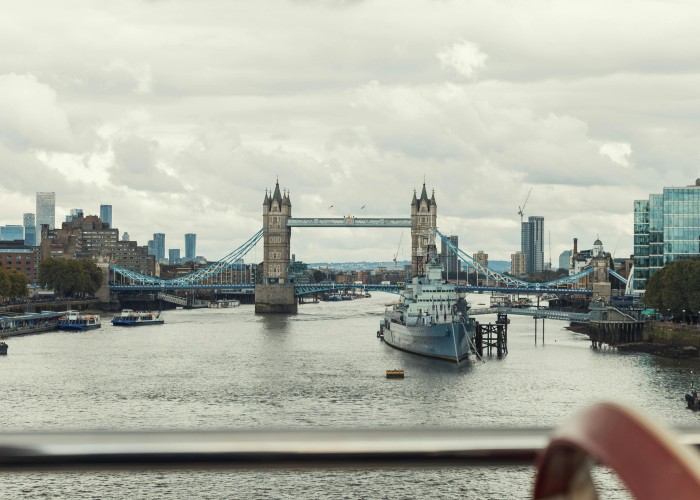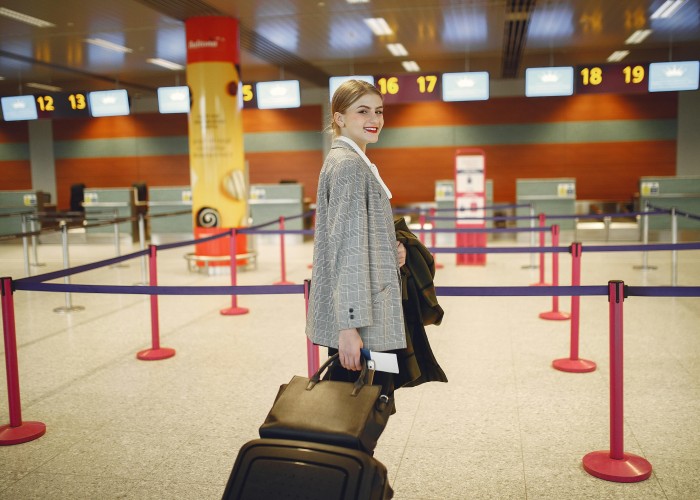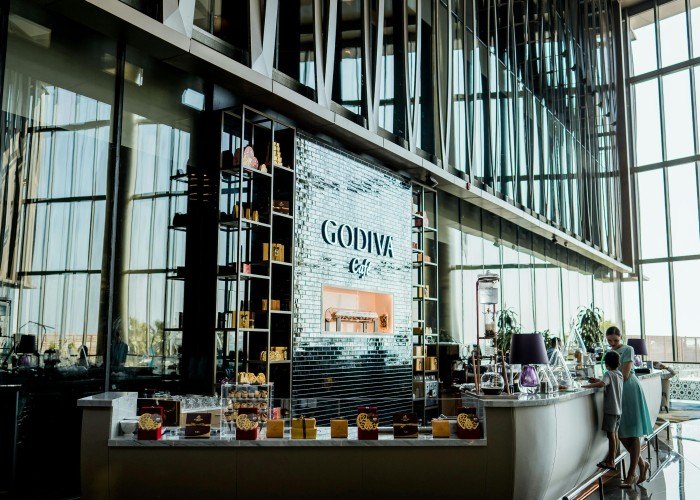Nestled in the southern Sierra Nevada mountains of California, USA, the Sequoia and Kings Canyon National Parks are home to some of the most stunning trails in North America. These trails wind through ancient giant sequoia groves, dramatic granite cliffs, glacial valleys, rushing rivers, and high alpine meadows. Kings Canyon Sequoia Trails – Tour & Trek Guide.
What makes these parks truly famous is the presence of the world’s largest trees by volume, including the General Sherman Tree, which is about 275 feet tall and over 36 feet in diameter. Kings Canyon, often called “the Grand Canyon of the Sierra,” is known for its rugged wilderness and one of the deepest canyons in North America.
The trails here attract hikers, trekkers, and nature enthusiasts who want to experience towering sequoias, breathtaking views, and challenging treks through diverse landscapes.
Best Time to Visit
- Late May to October is generally the best time to hike and trek in these parks.
- Spring (May–June): Snow melts into roaring waterfalls and rivers. Meadows bloom with wildflowers.
- Summer (July–August): Most trails are accessible, weather is warm, and high-elevation routes open up.
- Fall (September–October): Fewer crowds, cooler temperatures, and vibrant autumn colors.
- Winter (November–April): Many trails are snow-covered. Snowshoeing and skiing are popular, but some roads and higher trails may close.
How to Reach
By Air
- The closest airports are Fresno Yosemite International Airport (FAT), about 1.5 hours from Sequoia National Park, and Visalia Municipal Airport (VIS), which is smaller and closer.
- Larger airports like Los Angeles (LAX) and San Francisco (SFO) are 4–6 hours away by car.
By Road
- From Fresno, take Highway 180 to Kings Canyon or Highway 198 to Sequoia National Park.
- Driving is the most convenient option, though winding mountain roads require careful driving.
By Train/Bus
- Amtrak and Greyhound services connect to Fresno and Visalia. From there, shuttles and buses operate seasonally into the parks.
Entry Fees and Permits
- National Park Entrance Fee: Around $35 per vehicle, valid for both Sequoia and Kings Canyon for 7 days (subject to change).
- Backcountry or Wilderness Permits: Required for overnight treks or camping in wilderness areas. Reservations can be made in advance.
- No special permit is required for day hikes, but some popular trails may have parking restrictions during peak season. Kings Canyon Sequoia Trails – Tour & Trek Guide.
Food Availability and Meal Options
- Inside the parks, there are visitor centers, small markets, and lodges where you can find meals, snacks, and supplies.
- Popular stops include Wuksachi Lodge (Sequoia) and Grant Grove Village (Kings Canyon).
- On trails, food options are not available. Hikers must bring their own packed meals, snacks, and water.
- Carry lightweight, high-energy food such as granola bars, nuts, sandwiches, dried fruits, and electrolyte mixes.
- Bear-proof food storage is required in certain areas; never leave food unattended.
Packing List and Essentials
Day Trek Essentials:
- 2–3 liters of water (hydration pack recommended)
- Energy bars, sandwiches, and fruits
- Hiking boots with good grip
- Map, compass, or GPS device
- Sunscreen, sunglasses, and a wide-brim hat
- Rain jacket or warm layer (weather can change quickly)
- First aid kit and blister treatment
- Insect repellent
- Camera or binoculars for wildlife viewing
Overnight Treks:
- Lightweight tent or sleeping bag
- Bear-proof food container (mandatory in many areas)
- Cooking stove and utensils
- Extra layers for colder nights
- Headlamp with spare batteries
Safety Tips and Local Regulations
- Altitude Awareness: Some trails reach over 10,000 feet, where altitude sickness may occur. Ascend gradually and stay hydrated.
- Wildlife Safety: Black bears are common. Store food properly and never approach animals.
- Trail Safety: Stay on marked paths to protect fragile ecosystems and avoid getting lost.
- Weather Readiness: Afternoon thunderstorms are common in summer; start early.
- Fire Restrictions: Follow fire safety regulations, as wildfires are a risk in dry seasons.
- Leave No Trace: Pack out all trash and minimize your impact. Kings Canyon Sequoia Trails – Tour & Trek Guide.
Tips for Beginners or First-Time Visitors
- Start with shorter hikes like Big Trees Trail or General Grant Tree Trail before attempting longer treks.
- Allow time to adjust to elevation, especially if coming from lower altitudes.
- Check trail conditions at visitor centers before starting.
- Dress in layers; mornings and evenings can be chilly even in summer.
- If hiking in peak season, start early to avoid crowds and heat.
Local Customs or Cultural Etiquette
- Respect the giant sequoias by not climbing or carving into them.
- Indigenous tribes such as the Yokuts and Western Mono have deep cultural ties to these lands—show respect for cultural sites and history.
- Greet fellow hikers courteously; the trails are a shared experience.
- Follow park rules strictly; rangers actively monitor for safety and conservation.
Frequently Asked Questions (FAQs)
Q1: How long are the most popular trails in Sequoia and Kings Canyon?
Trails range from easy 1–2 mile walks to strenuous multi-day treks like the Rae Lakes Loop (around 41 miles).
Q2: What is the most famous tree to see?
The General Sherman Tree in Sequoia and the General Grant Tree in Kings Canyon are the most famous giant sequoias.
Q3: How difficult are the trails?
Difficulty varies. Many trails are easy to moderate, but high-elevation treks can be strenuous and require fitness.
Q4: Are restrooms available on the trails?
Restrooms are available at visitor centers, trailheads, and some popular spots. Wilderness trails may not have facilities.
Q5: Can I camp inside the parks?
Yes, both developed campgrounds and backcountry camping are available with the proper permits.
Q6: What altitude are the trails?
Trail elevations vary from 4,000 feet in the canyon to over 14,000 feet on Mount Whitney, near the park boundary.
Q7: Can beginners hike here?
Yes. Short trails near sequoia groves are perfect for beginners, while advanced hikers can take on longer treks.
Q8: Are pets allowed on the trails?
Pets are allowed in campgrounds and paved areas but not on most trails for safety and wildlife protection.
Q9: Is there mobile network coverage?
Coverage is limited. Expect no signal in remote areas; carry offline maps.
Q10: Are guided tours available?
Yes, ranger-led walks and talks are offered during the main visitor season.
Conclusion
The Kings Canyon and Sequoia Trails offer something for everyone—whether you’re looking for a peaceful stroll among giant trees or a demanding trek through rugged wilderness. These parks combine natural beauty, ancient history, and adventure in a way few places can. Kings Canyon Sequoia Trails – Tour & Trek Guide.






Leave a Reply